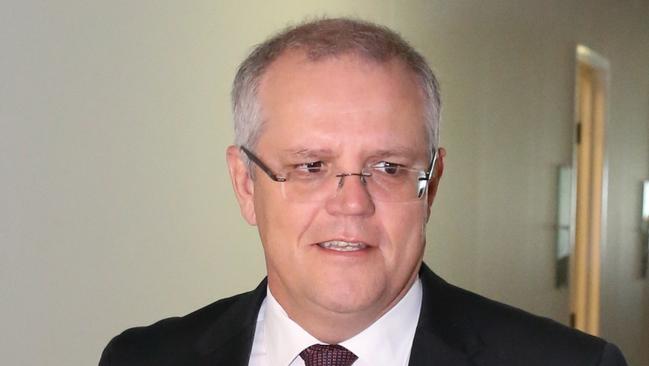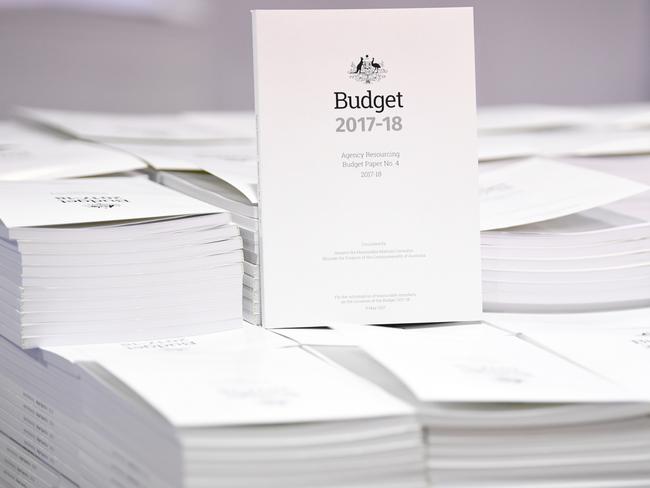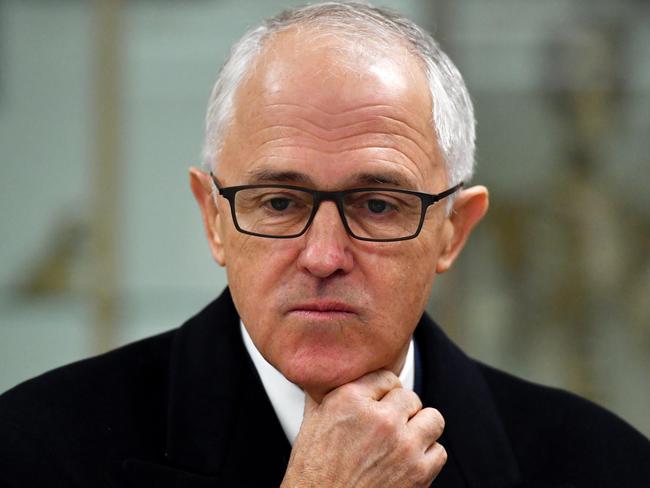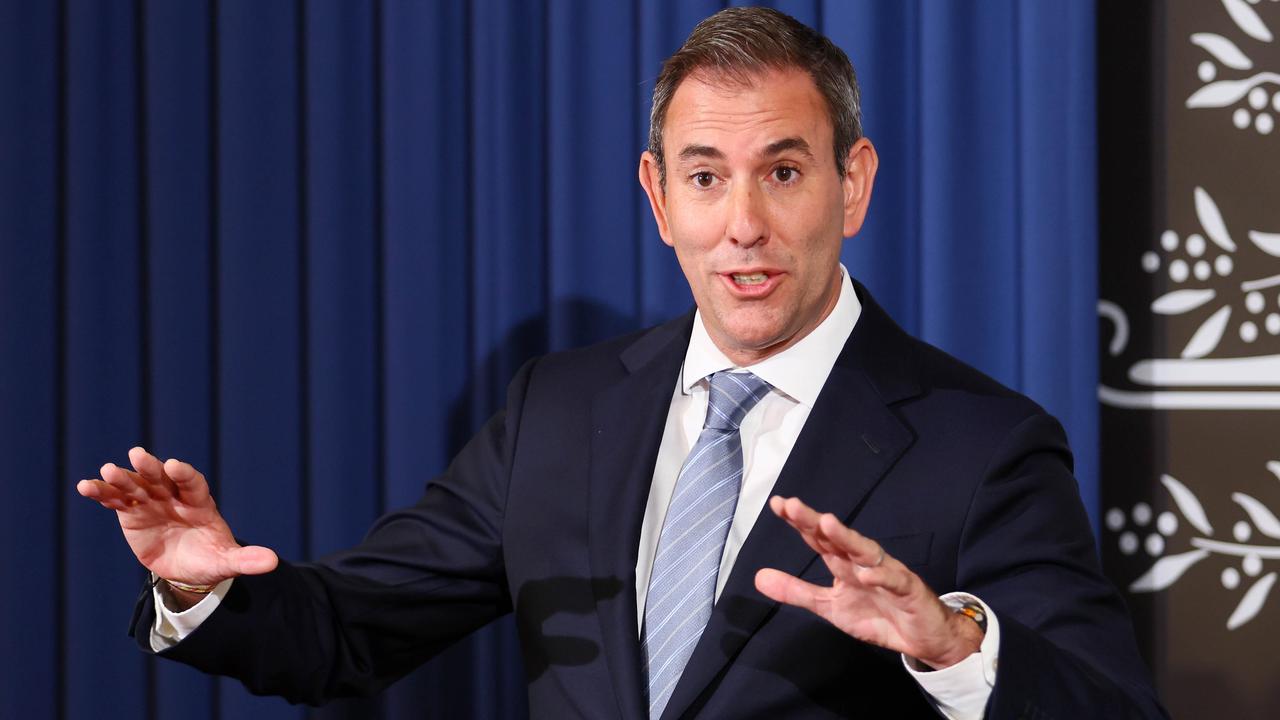Federal Budget 2017: Bid to fully fund National Disability Insurance Scheme sparks $6 billion search
TREASURER Scott Morrison will look to fill a $6 billion hole amid plans to fully fund the National Disability Insurance Scheme beyond 2019.

Federal Budget
Don't miss out on the headlines from Federal Budget. Followed categories will be added to My News.
TREASURER Scott Morrison will be looking to fill a $6 billion hole with the Turnbull government reportedly set to fully fund the National Disability Insurance Scheme beyond 2019.
The Australian reports the NDIS funding will be the centrepiece of the 2017 federal budget social policy, set to be revealed when the government outlines its spending plans on Tuesday.
BINGO: How to survive the Budget drudgery
It comes after a bitter political fight with Labor over how to fund the national scheme, which the Coalition argues was not properly funded when the Gillard government established it.
The funding gap, which expands to $6 billion annually from 2019, will be closed by savings measures secured in the Senate this year and further savings in the budget.
There was also a proposal to cover the entire $22 billion scheme through a one per cent Medicare surcharge on the highest-income earners, but it wasn’t clear whether the measure made it into the final budget plan.

‘FAIRNESS AND OPPORTUNITY’
The Turnbull government is set to hand down a budget nudging $500 billion in revenues which the prime minister says will help Australians “realise their dreams”.
To pay for it, the government will crack down on multinational tax avoidance, bring in extra revenue from tobacco, cut funding to universities and continue the public service efficiency dividend among other measures.
It’s also expected changes will be made to the Medicare levy or Medicare levy surcharge on high-income earners to pay for a lift in the freeze on GP Medicare rebate.
“This budget will be committed to fairness, opportunity and security, ensuring that Australians are given the opportunity to get ahead, the economic growth that enables them to get ahead, to get a better job, a better-paying job, to start a business, grow a business, to realise their dreams,” Mr Turnbull says.
The budget papers are tipped to show an improvement on the bottom line forecast the mid-year review in December and a path to balance in 2021. However debt will continue to head north of $500 billion, as Mr Morrison reclassifies spending on infrastructure as good debt and recurrent spending such as welfare as bad debt.
The budget will sound the death knell for about $12 billion in so-called “zombie” savings measures left over from 2014.

ONLINE SCHOOLS CALCULATOR RELEASED
Ahead of issuing the federal budget containing the funding changes, the government today released its online schools calculator.
Overall, the government plans to boost its share of funding from $17.5 billion in 2017 to $30.6 billion by 2027, with the aim to bring all schools to the same needs-based per-student level once state government cash is added. The government figures confirm 24 independent schools will have their funding cut in real terms over the next four years.
They also show 27 Catholic schools in the ACT will join them — although the government says transitional funding will be made available for these. However, out of the nation’s 9400 schools, all but 251 will have their funding grow by at least 2.5 per cent, with 4500 getting a more than five per cent boost.
“We’ve been open and upfront all along that more than 9000 schools are set to receive significant funding boosts according to their need but that also means some schools will have their funding levels frozen or reduced,” Education Minister Simon Birmingham said.
The data has already been given to the states and territories and non-government schools.
Originally published as Federal Budget 2017: Bid to fully fund National Disability Insurance Scheme sparks $6 billion search


